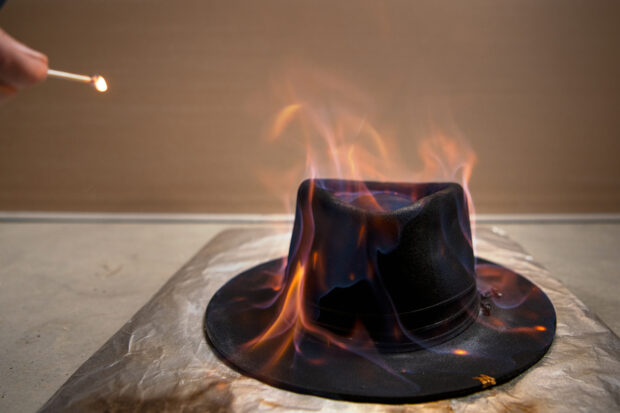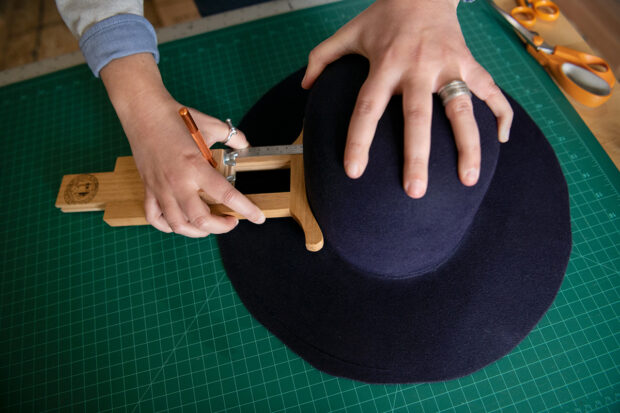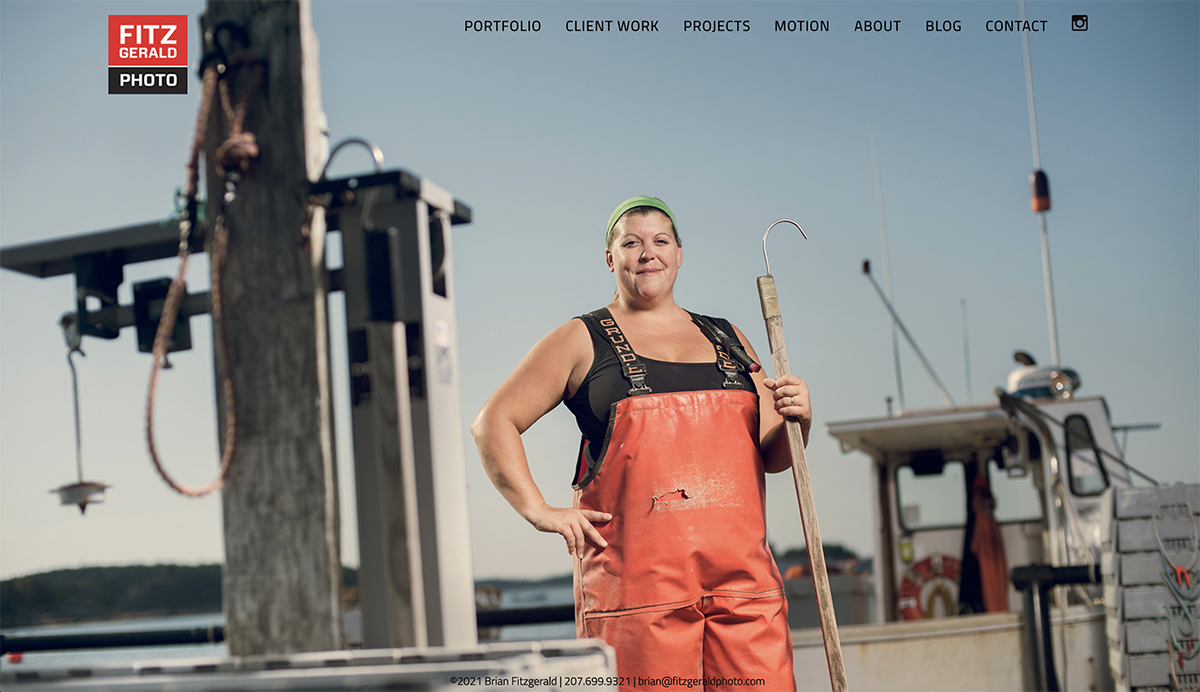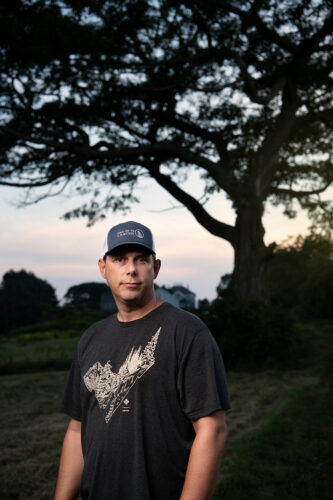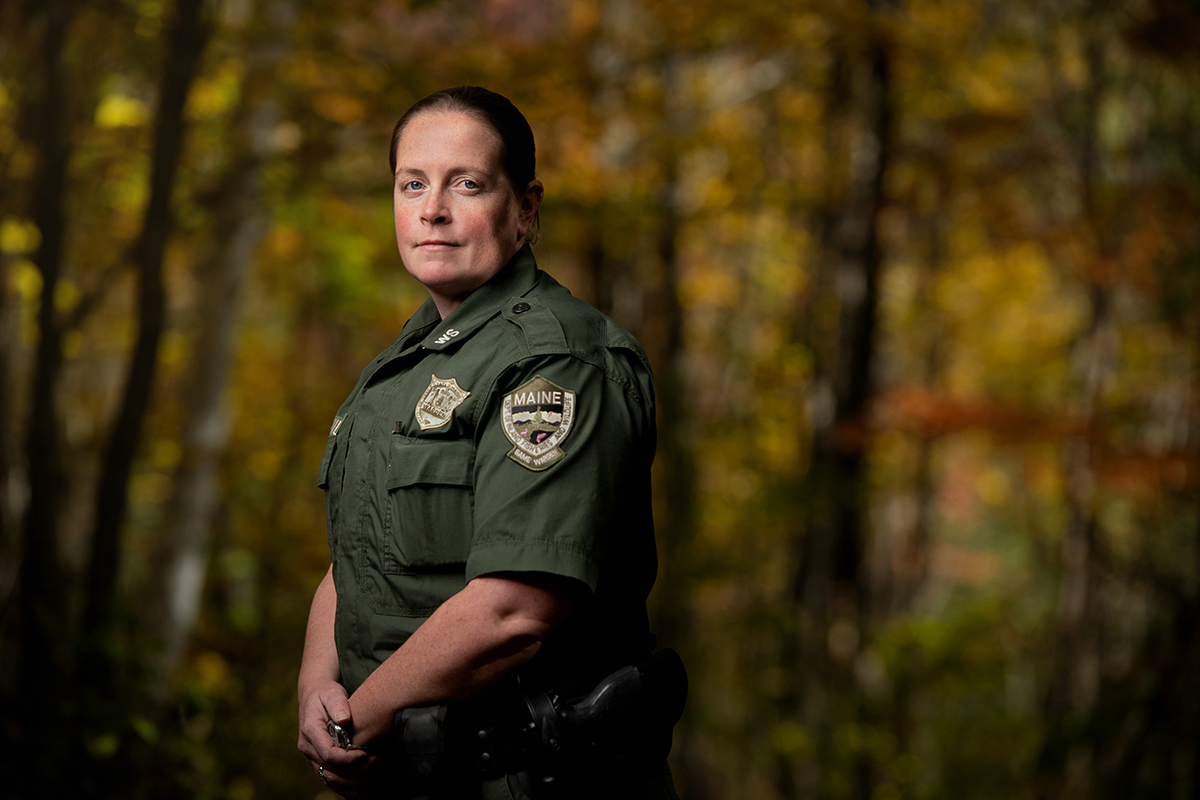
I’m happy to share an image I took for the cover of Down East Magazine‘s August 2021 Food & Drink section. This was part of a feature on Maine’s Rwanda Bean Company, which operates three locations including the newest on Portland’s Thompson’s Point.
I was envisioning rich dark coffee beans softly lit with warm early morning window light. Unfortunately, my assignment was scheduled just after noon on a gloomy, cloudy day. The only way I could get the image that I most wanted was to create an early-morning sun look, using lights placed outside the shop, shining through the windows with warming gels attached. You’d never know that it was threatening to rain outside. Sometimes as a photographer, you need a little morning to go with your coffee.



